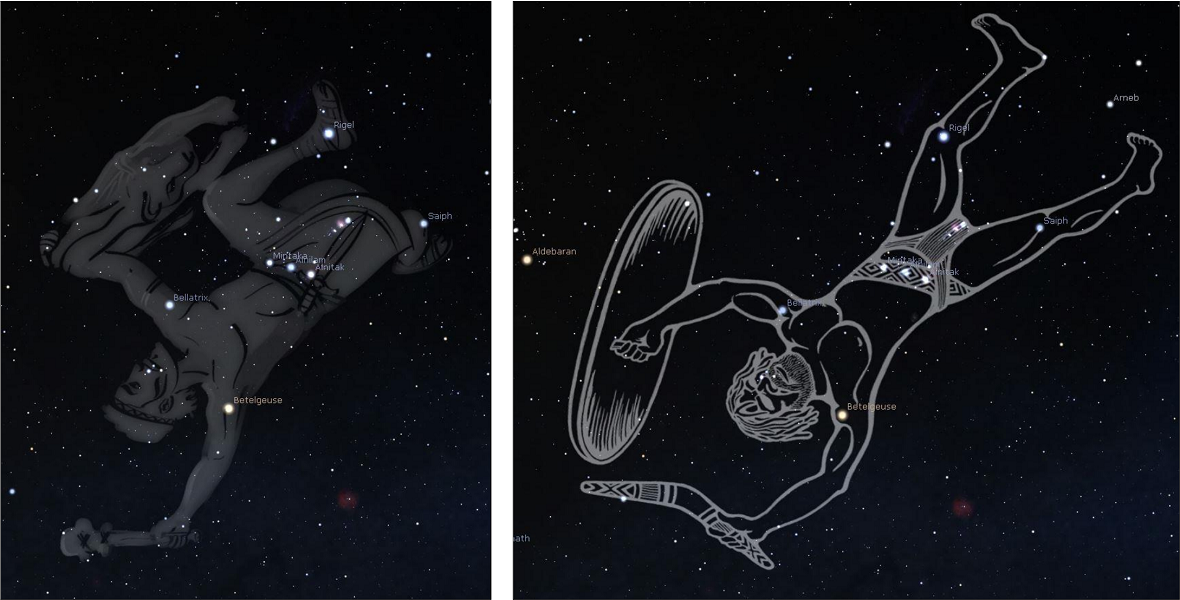Have you ever taken the time to look up toward the stars and try to find some constellations?
You’ve probably managed to find one of the most iconic constellations of the Southern Hemisphere, the Southern Cross. Or you’ve possibly been able to find a star sign or two if you have a good eye! But did you know that there is much more to the night sky than the mainstream constellations seen on modern sky maps? Especially from the perspective of Indigenous Australians.
Indigenous Australian culture has a rich astronomical history stretching for more than 65,000 years. We have been observing the stars, and using our astronomical traditions to better understand the land and waters around us for generations. This knowledge is still present today. While we see the same stars and planets in the night sky, our perspective of these celestial objects can be quite unique.
Let’s think about constellations. In Western astronomy constellations are collections of stars in the night sky that are connected together to create a pattern that represents some sort of person, animal, or object. In Indigenous astronomical traditions we also have constellations that are a collection of stars. Take Orion for example. The Orion constellation is a handful of stars that displays an image of a great hunter in Greek mythology. In my Wiradjuri culture, these same stars represent the ancestral creator, Baiami.

Image credit: Left is a screenshot from Stellarium using Western constellation artwork. Right is a screenshot from Stellarium using Wiradjuri constellations add-in developed by Trevor Leaman, artwork by Scott ‘Sauce’ Towney.
Other constellations in Indigenous astronomical traditions can simply be one star. In many cases a single star, and sometimes even a single planet, represents an ancestral figure or animal. An example in Boorong traditions, from the Wergaia language group in North Western Victoria, is a star called Marpeankurrk. In Western astronomy this is Arcturus. Marpeankurrk is an ancestral figure who indicates when the bittur (wood ant pupa) are coming into season. Not only are collections of stars significant in Indigenous astronomical traditions, individual stars serve a large role too.
The last type of constellation is very different to what you are likely used to seeing in the night sky, especially if you live near a bright city or town. These kinds of constellations are my favourite, they are the dark constellations. No longer are we going to use stars to manifest great images of animals and ancestral beings. Instead, we use the negative spaces of the Milky Way galaxy. These dark spaces may appear to be a lack of stars, but it is quite the opposite! The dark patches you see in the Milky Way galaxy is an abundance of dust and gas that naturally blocks the light from distant stars. Within this darkness is my favourite constellation, the dark emu. We call this Gugurmin in Wiradjuri. Much like Marpeankurrk, its position in the night sky indicates the best time to go looking for food. In this case, it is emu eggs.
The astronomical knowledge of Indigenous Australians runs deep. Take some time this Reconciliation Week and learn about our astronomical traditions and look up to the skies while you’re at home practising physical distancing.

